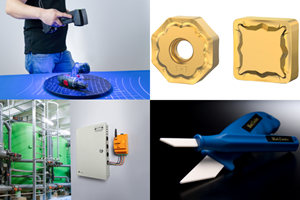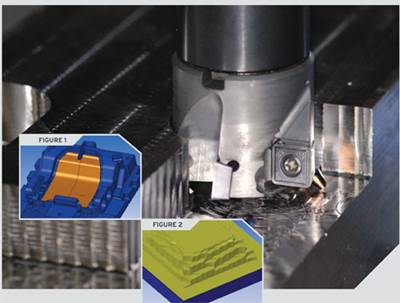Four Steps to CAM Selection
Considerations when choosing the right CAM system solution for your mold build operation.
Whether you are looking to upgrade an existing CAM software solution or purchase one for the first time, the following tips can help you to make the right choices for your company.
1. Study and then quantify what your current needs are, and then add to that any future goals. Log the percentage of time spent roughing, semi finishing and finishing respectively. If you mill electrodes, track the percentage of time dedicated to milling those. Add to this how often you change cutters or inserts in those operations. If upgrading an existing CAM system, this sets a baseline in efficiency the systems you review need to surpass.
2. Add your goals and future planned investments. Perhaps you are investing in a new high-speed machine or a five-axis machine and need a CAM solution to help you take advantage of that investment. Your goal may be to reduce the number of electrodes manufactured by replacing some of that work with five-axis machining.
3. Decide if you want to have one solution for all of your needs or if you are willing to look at multiple solutions. All CAM software packages have strengths and weaknesses. Going with a single package is usually less expensive in the beginning, but may mean more compromises in functionality. For example, one CAM software package may excel at milling electrodes, whereas another excels at roughing. If your volume of electrode cutting is high enough, it may be most efficient to use one CAM package dedicated to electrodes and another CAM package for roughing.
4. Test and evaluate the CAM software. This will then allow you to compare it to your baseline that was determined earlier. Today most CAM software companies do some form of onsite evaluation. It is important that you use the software on your actual milling machines—with your cutters—to compare the packages to each other and your current solution.
Since CAM software packages have varying strengths and weaknesses, at a minimum you should test the systems on:
• The largest part you cut or expect to cut. Some CAM packages handle large data sets well, some do not. You need to test and see if this will become a bottleneck or not.
• The smallest part you expect to cut. Examine the finished product to verify that all of the fine detail is duplicated in the finished product. Check that tight tolerances were adhered to.
• The most difficult part you have ever done. Utilizing your backups, get the data that caused the most difficult programming. Program this difficult part in the CAM systems you are evaluating and evaluate their performance.
Full validation means spending the time to actually run these parts on your milling machines. This way, you can judge overall efficiency, including any changes to tool life.
If you are looking at CAM software for a machine on order, don’t simply go with what the machine vendor offers or prefers, as they have different needs and requirements than you do. Either wait until the machine is delivered to evaluate multiple packages or possibly lease machine time in their showroom to cut some samples.
During the evaluation process, keep track of the various categories, roughing, semi-finishing, finishing, electrodes, etc, including any changes in tool life. You may find that the best solution is a multiple solution. There can be as much as 30 percent variation in CAM systems during roughing operations. Finishing generally will not show as much variation in time, yet you may have a preference based on smoothness or quality. Your best CAM solution may not be a single CAM software package, in the long run.
Summary
Evaluate CAM software on your data and your machines; use large, small and difficult parts; and track the performance in key categories—such as roughing and finishing. Slowly, your data will start to support a more efficient overall process.
Related Content
What is Scientific Maintenance? Part 2
Part two of this three-part series explains specific data that toolrooms must collect, analyze and use to truly advance to a scientific maintenance culture where you can measure real data and drive decisions.
Read MoreProducts and Services for Multiple Moldmaking Needs
New year, new technology roundup! Featured here is a collection of product offerings, from profile milling cutters to industry-specific CAD/CAM software to innovative hot work tool steels.
Read MoreNew Innovations in Mold Design, Milling Cutters, 3D Scanning
MoldMaking Technology compiles a number of digital-only products from the past month, including mold design software, laser metrology 3D scanners, milling cutters and more.
Read MoreThe In's and Out's of Ballbar Calibration
This machine tool diagnostic device allows the detection of errors noticeable only while machine tools are in motion.
Read MoreRead Next
Practical Solutions To Common Machining Problems
Matching the roughing algorithm and tooling to the milling machine being used to machine the part is critical for high productivity.
Read MoreAre You a Moldmaker Considering 3D Printing? Consider the 3D Printing Workshop at NPE2024
Presentations will cover 3D printing for mold tooling, material innovation, product development, bridge production and full-scale, high-volume additive manufacturing.
Read MoreHow to Use Strategic Planning Tools, Data to Manage the Human Side of Business
Q&A with Marion Wells, MMT EAB member and founder of Human Asset Management.
Read More
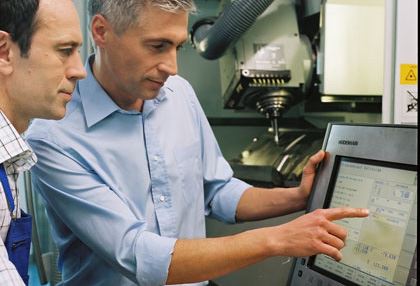
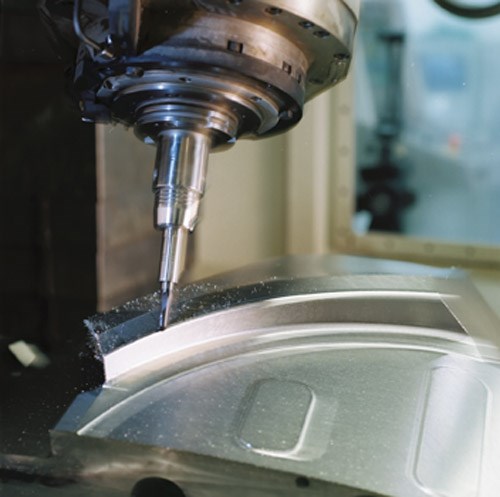
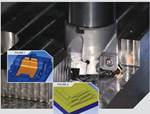









.jpg;maxWidth=300;quality=90)






